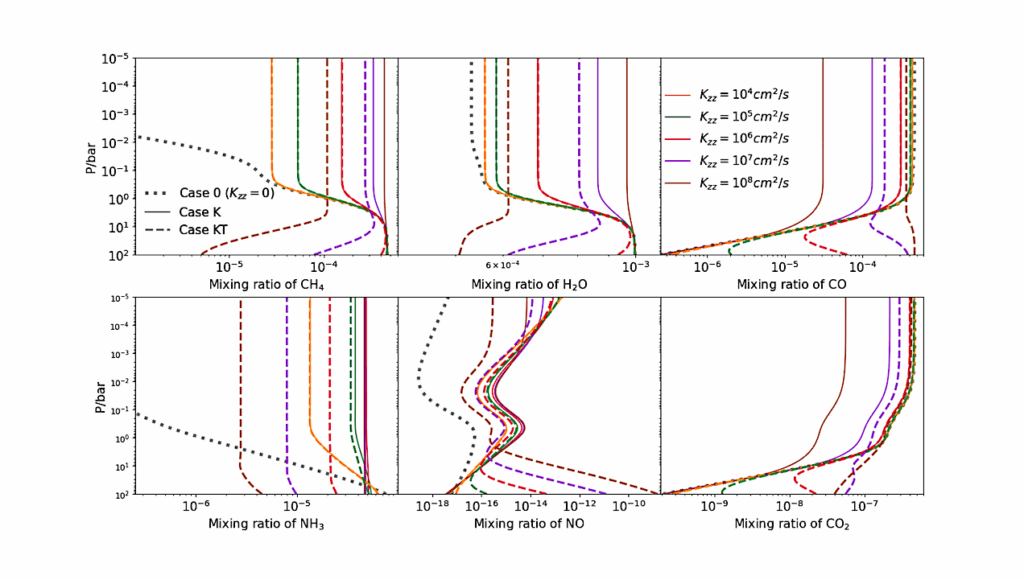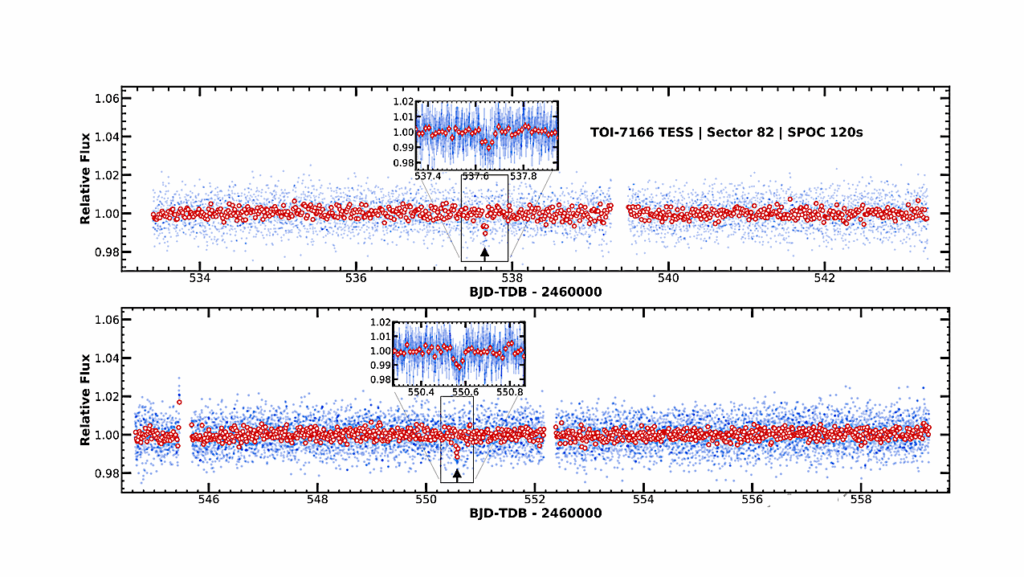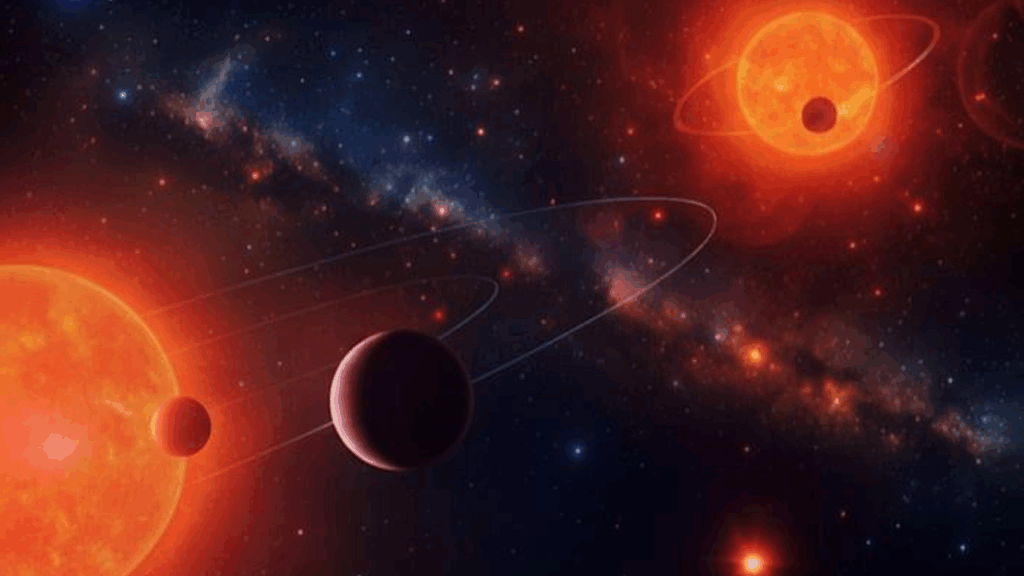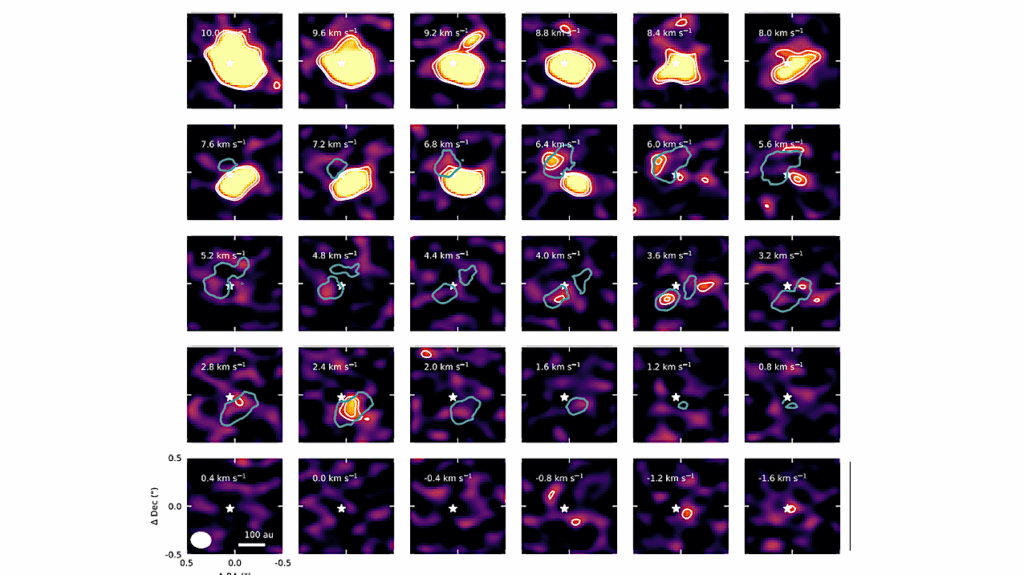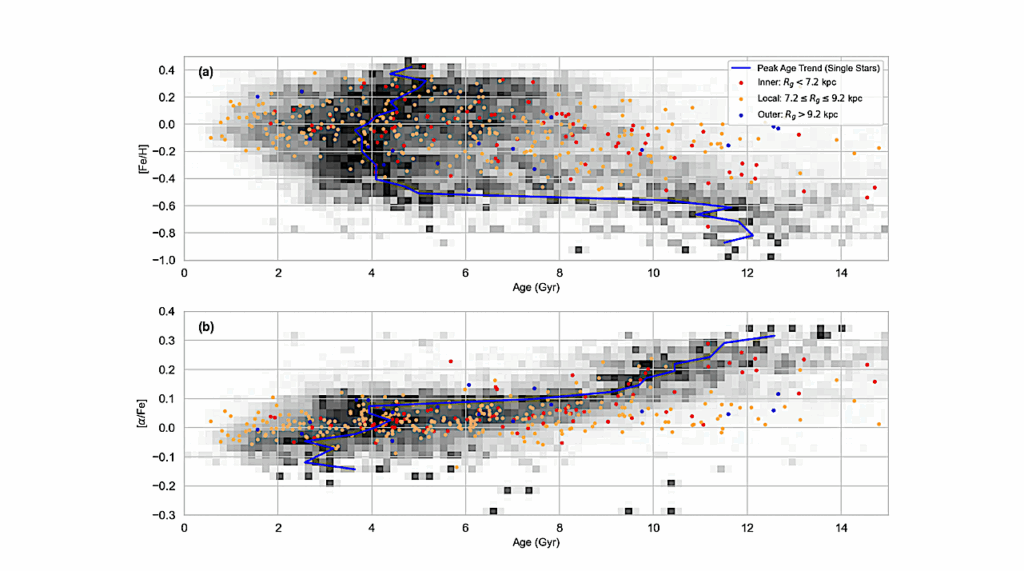Large Planets May Not Form Fractionally Large Moons

One of the unique aspects of Earth is that it has a fractionally large Moon, which is thought to have formed from a Moon-forming disk generated by a giant impact.
The Moon stabilizes the Earth’s spin axis at least by several degrees and contributes to Earth’s stable climate.
Given that impacts are common during planet formation, exomoons, which are moons around planets in extrasolar systems, should be common as well, but no exomoon has been confirmed. Here we propose that an initially vapor-rich moon-forming disk is not capable of forming a large moon because growing moonlets, which are building blocks of a moon, experience strong gas drag and quickly fall toward the planet. Our impact simulations show that terrestrial and icy planets that are larger than ∼1.3−1.6R⊕ produce entirely vapor disks, which fail to form a large moon.
This indicates that (1) our model supports the Moon-formation models that produce vapor-poor disks and (2) rocky and icy exoplanets whose radii are smaller than ∼1.6R⊕ are ideal candidates for hosting fractionally large exomoons.
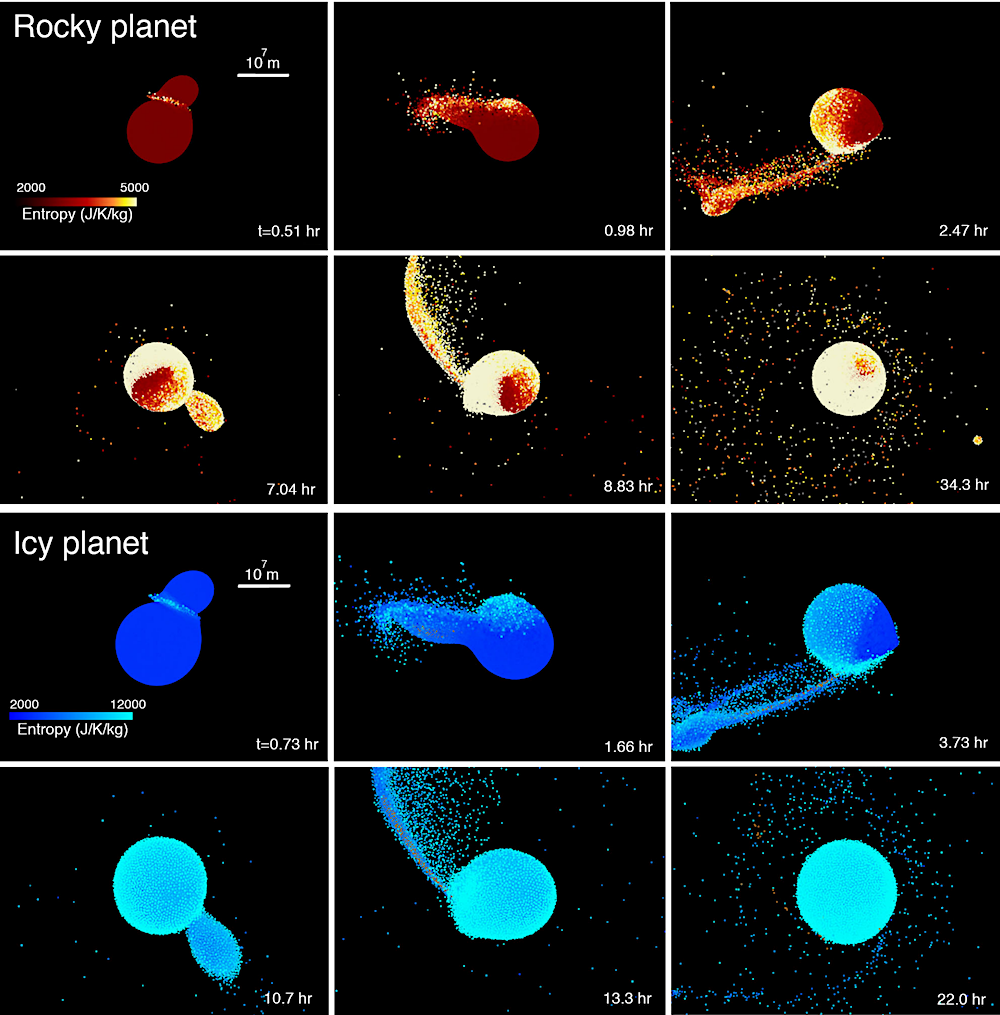
Snapshots of giant impacts (Runs ID2 and ID20, Table 1). The top two rows represent an impact between two rocky planets. The red-orange colors represent the entropy of the mantle material (forsterite). The iron core is shown in gray. The bottom two rows represent an impact between two icy planets. The blue-sky-blue colors represent the entropy of water ice, and the orange color represents forsterite. The scale represents 107 m. — astro-ph.EP
Miki Nakajima, Hidenori Genda, Erik Asphaug, Shigeru Ida
Comments: This paper was published in 2022
Subjects: Earth and Planetary Astrophysics (astro-ph.EP)
Cite as: arXiv:2312.15050 [astro-ph.EP] (or arXiv:2312.15050v1 [astro-ph.EP] for this version)
Journal reference: Nature Communications 13, 568 (2022)
Related DOI:
https://doi.org/10.1038/s41467-022-28063-8
Focus to learn more
Submission history
From: Miki Nakajima
[v1] Fri, 22 Dec 2023 20:25:46 UTC (1,436 KB)
https://arxiv.org/abs/2312.15050
Astrobiology


